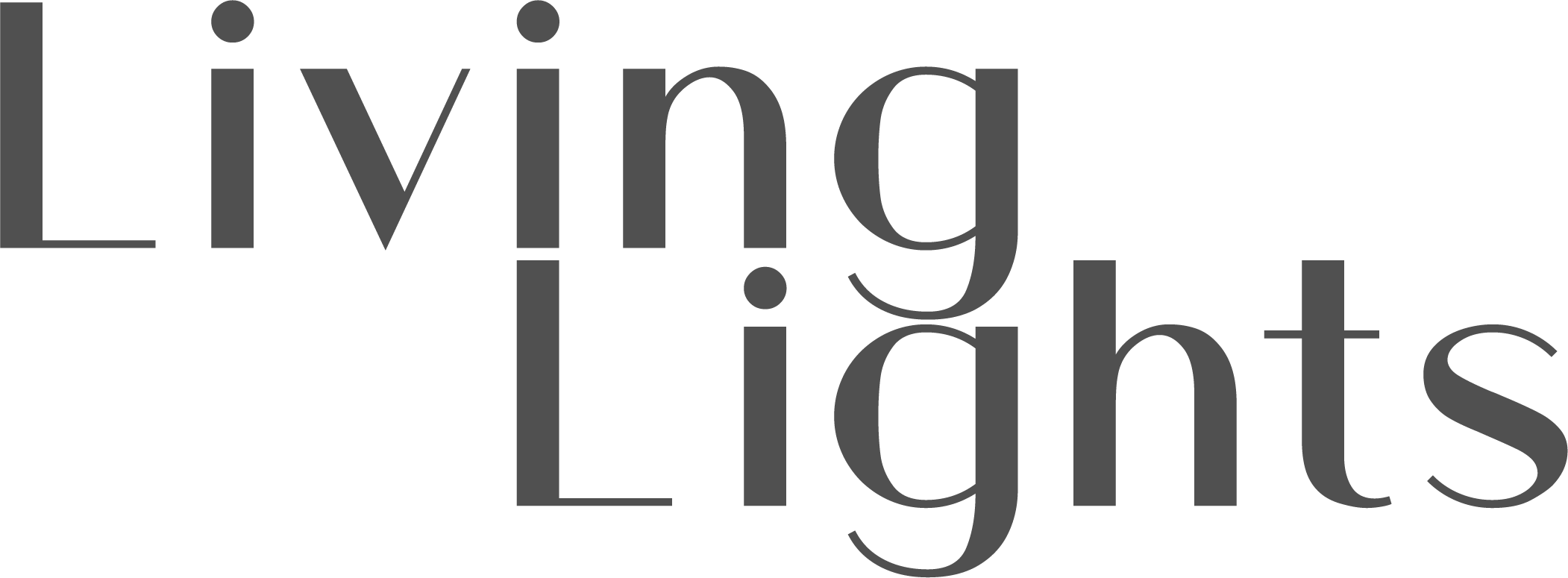Kinetic lighting is a type of lighting design that involves moving lights or fixtures to create dynamic visual effects. It is used in a variety of settings, from live performances to art installations and even in architectural lighting design. Kinetic lighting allows for the creation of fluid, changing patterns of light that can react to sound, movement, or other inputs.
All You Need to Know About Kinetic Lighting
How Kinetic Lighting Works
Kinetic lighting relies on moving light fixtures to create dynamic visual effects. These fixtures can be programmed to move in a variety of ways, such as sweeping across a stage, spinning in circles, or bouncing back and forth. The fixtures can also be programmed to change colors, intensities, and other parameters, allowing for an even greater range of visual effects.
One of the key elements of kinetic lighting is the use of software and hardware to control the movement of the fixtures. This can include specialized lighting control software, DMX controllers, and other hardware that can send commands to the fixtures and synchronize their movements with other elements of a performance or installation.
Applications of Kinetic Lighting
Live Performances
kinetic lighting can be used to create dynamic visual effects that enhance the mood and atmosphere of the show. For example, a concert may use kinetic lighting to create an immersive environment that changes throughout the performance, highlighting different aspects of the music and engaging the audience.
Art Installations
Kinetic lighting can be used to create interactive and engaging works that respond to the movement of viewers or other inputs. For example, an installation may use kinetic lighting to create a responsive environment that changes in response to the movement of visitors, creating a unique and engaging experience.
Architectural Lighting Design
Kinetic lighting can be used to create dynamic lighting effects that highlight the shape and form of a building. For example, a skyscraper may use kinetic lighting to create patterns of light that sweep across the facade, highlighting the building's height and unique design.
Advantages of Kinetic Lighting
One of the primary advantages of kinetic lighting is its ability to create dynamic visual effects that can engage and captivate audiences. Kinetic lighting can be used to create immersive environments that transport viewers to another world, or to highlight the unique features of a performance or installation.
Another advantage of kinetic lighting is its flexibility and adaptability. The use of software and hardware to control the movement of fixtures allows for a wide range of visual effects and the ability to change these effects on the fly. This means that kinetic lighting can be customized to fit the specific needs of a performance or installation, and can be adapted as those needs change over time.
Unlike traditional stage lighting, which can consume a lot of energy and generate heat, kinetic lighting uses LED technology and is designed to be low power. This means that it is not only more environmentally friendly but also more cost-effective to operate.
Bring Quality Kinetic Lighting to Your Home
Experience the breathtaking power and beauty of kinetic lightning right in the comfort of your own home. Transform your space into a captivating oasis of energy and elegance with Living Lights. Don't miss out and bring the wonder of kinetic lightning into your everyday life. Get started now and let your space shine like never before!

